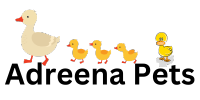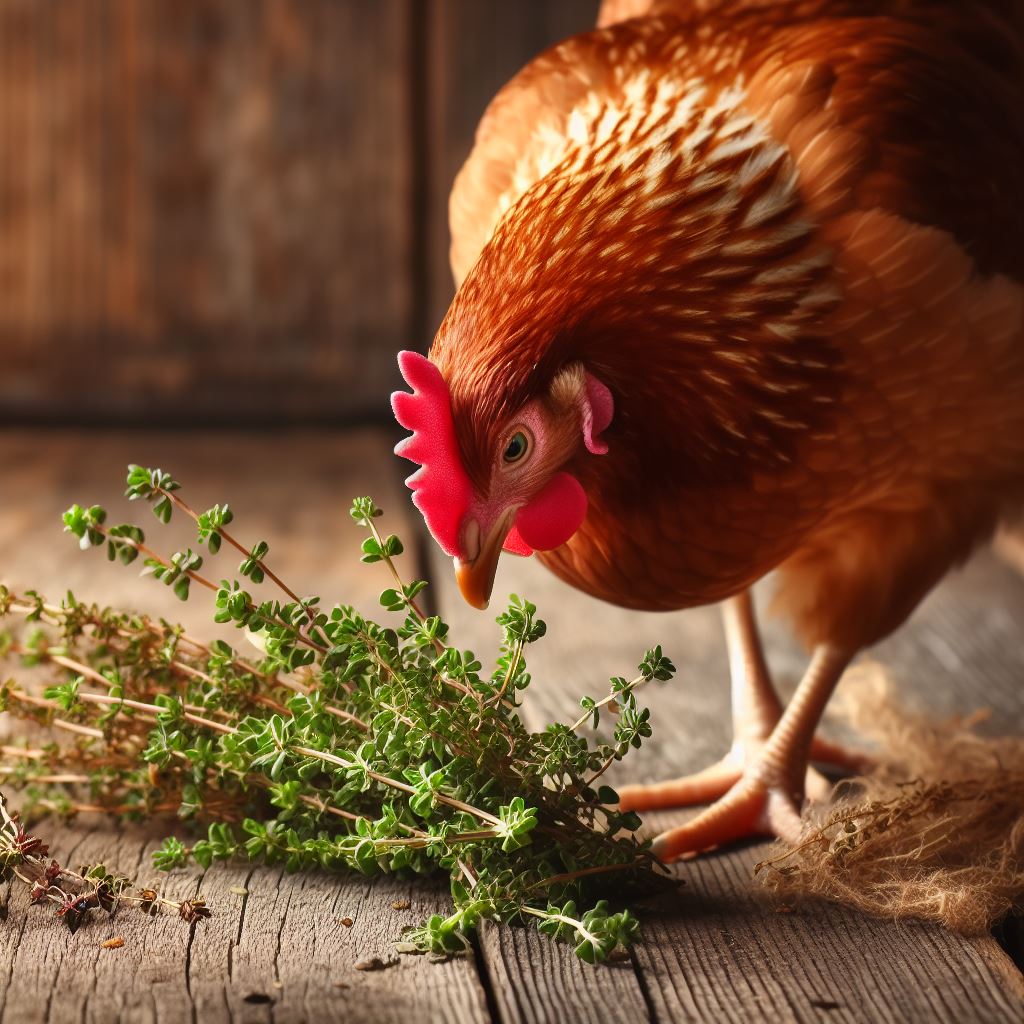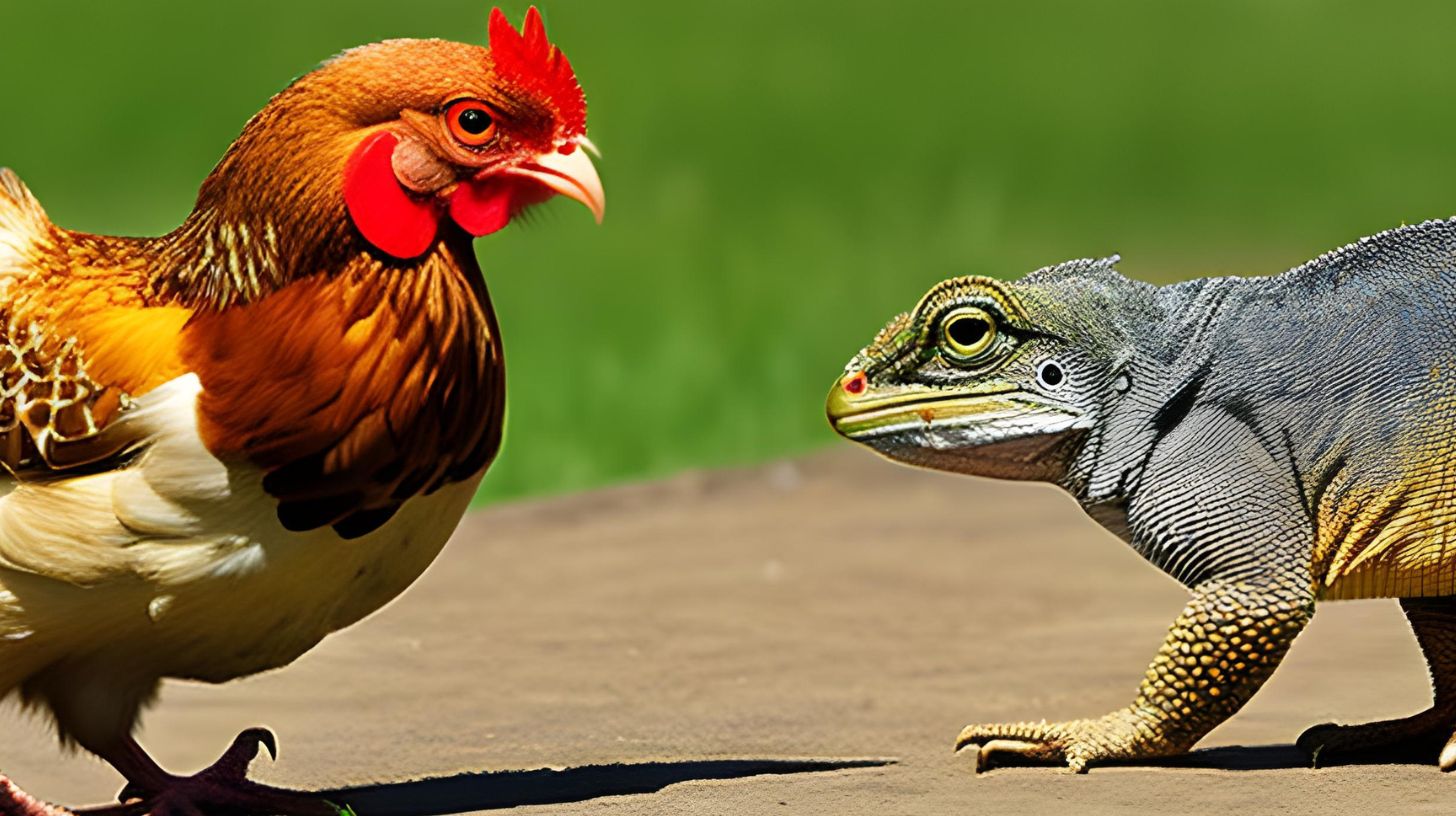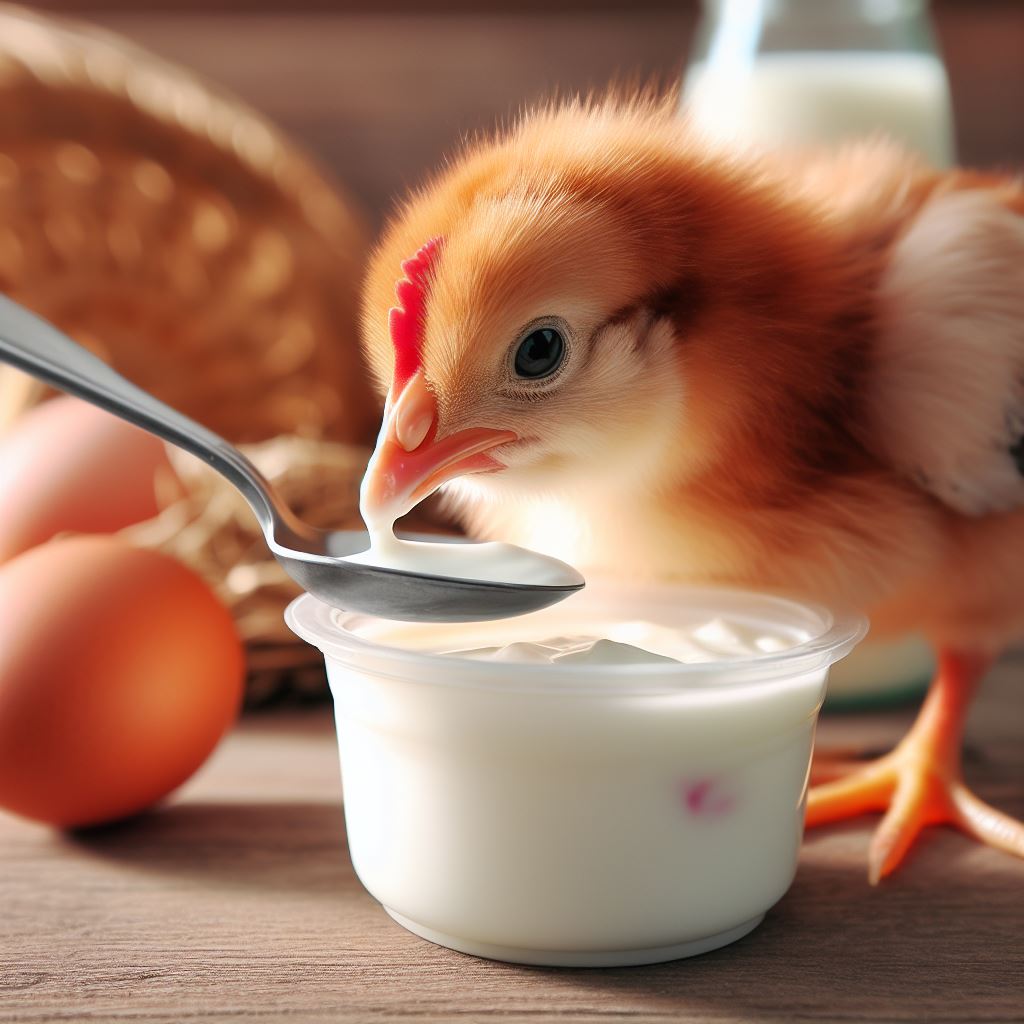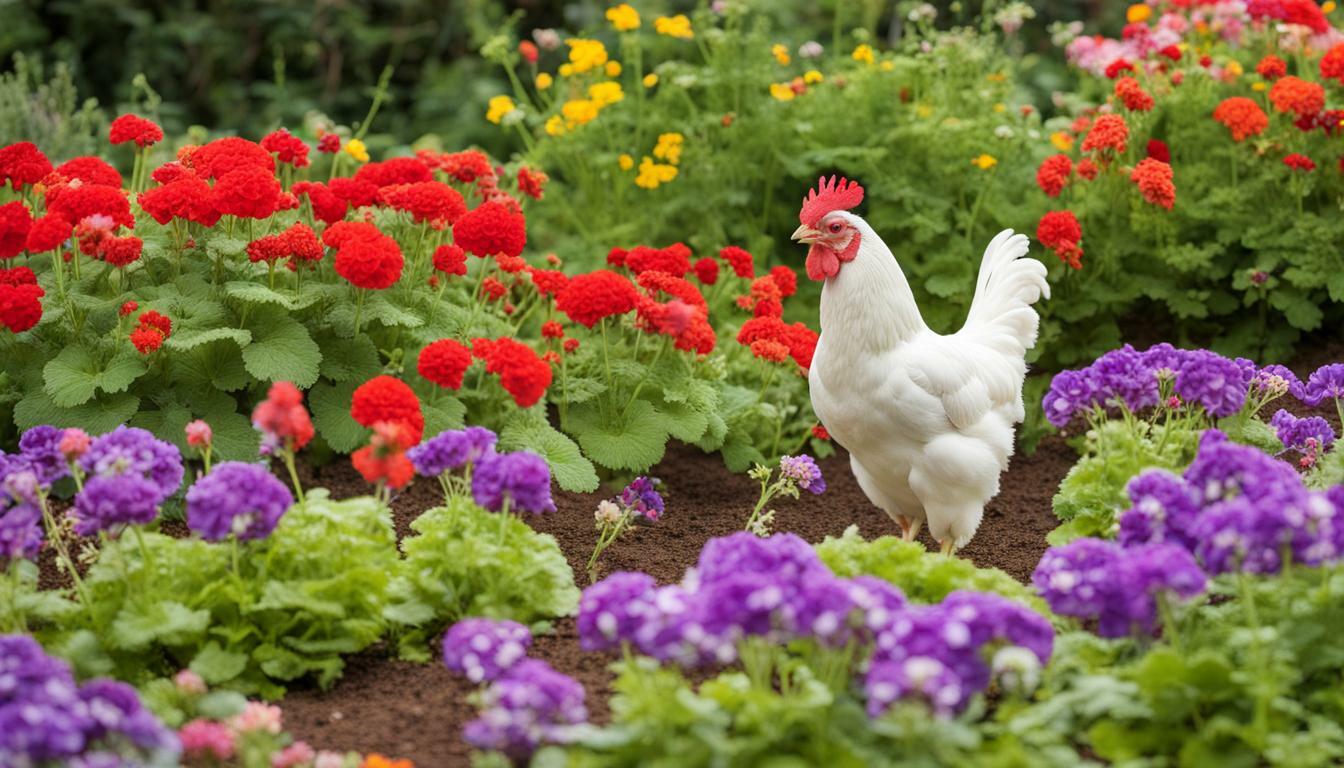Can Chickens Safely Eat Saltine Crackers? Health Concerns and Feeding Tips
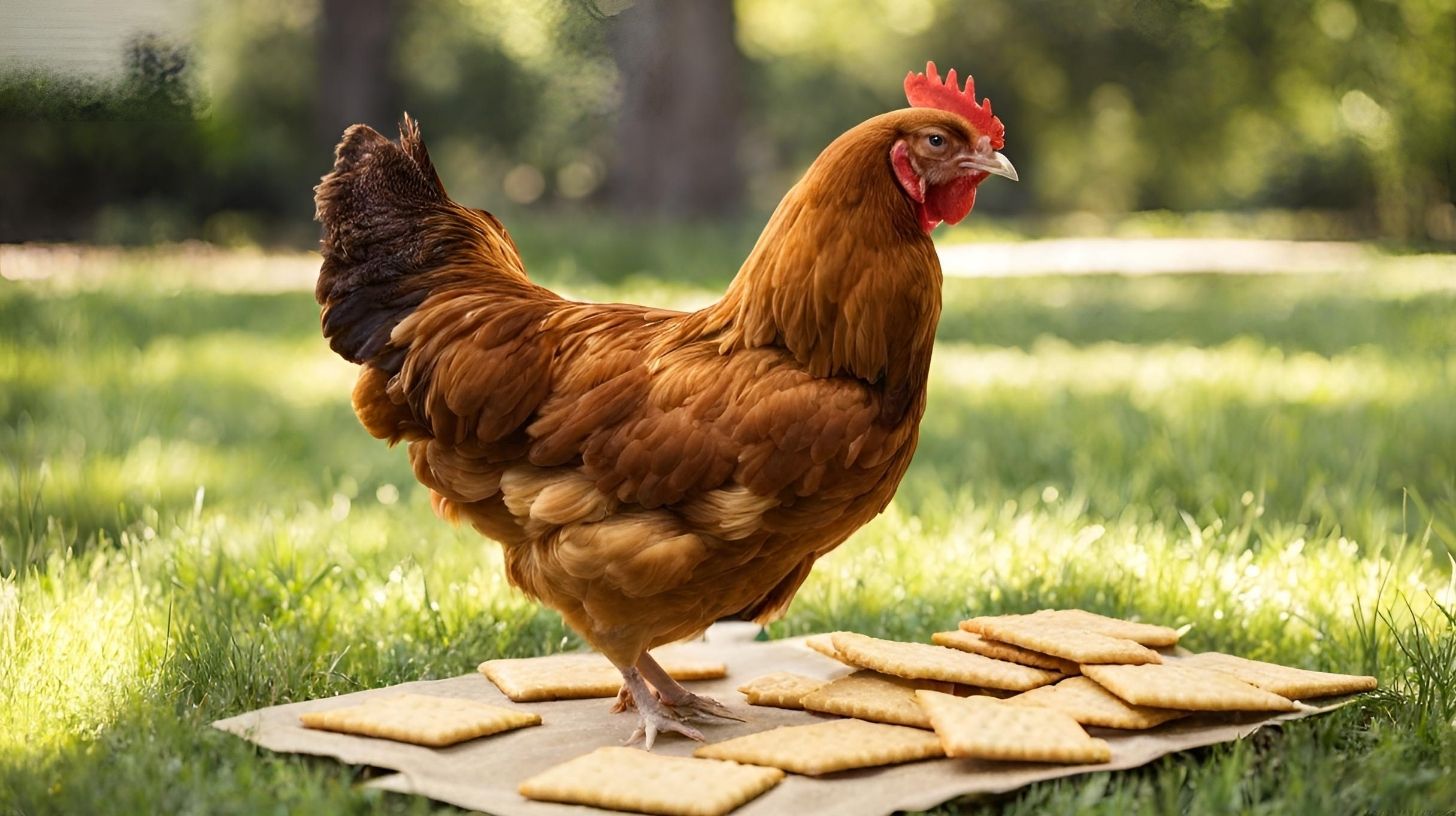
Table of content:
- Are Saltine Crackers Safe for Chickens?
- Healthier Treat Alternatives for Chickens
- Are There Any Risks to Feeding Chickens Saltines?
- At What Age Can Chickens Eat Crackers?
- How Many Saltine Crackers Can Chickens Eat Daily?
- What Crackers Can Chickens Eat Besides Saltines?
- Frequently Asked Questions
- Conclusion
Chickens make great pets and a valuable addition to any backyard farm or homestead. However, knowing what you can and cannot feed chickens is critical for their health and wellbeing. One common question many backyard chicken owners have is whether chickens can eat saltine crackers.
Key Takeaways:
- Saltine crackers are generally safe for chickens to eat in moderation as an occasional treat.
- The main concerns with feeding chickens saltines are the salt and wheat content. Too much salt is unhealthy and some chickens are sensitive to wheat.
- Alternatives like oats, barley, raw veggies and fruits make healthier, more nutritious treats for chickens.
- A few saltine crackers here and there will not harm chickens, but they should not make up a significant part of their diet.
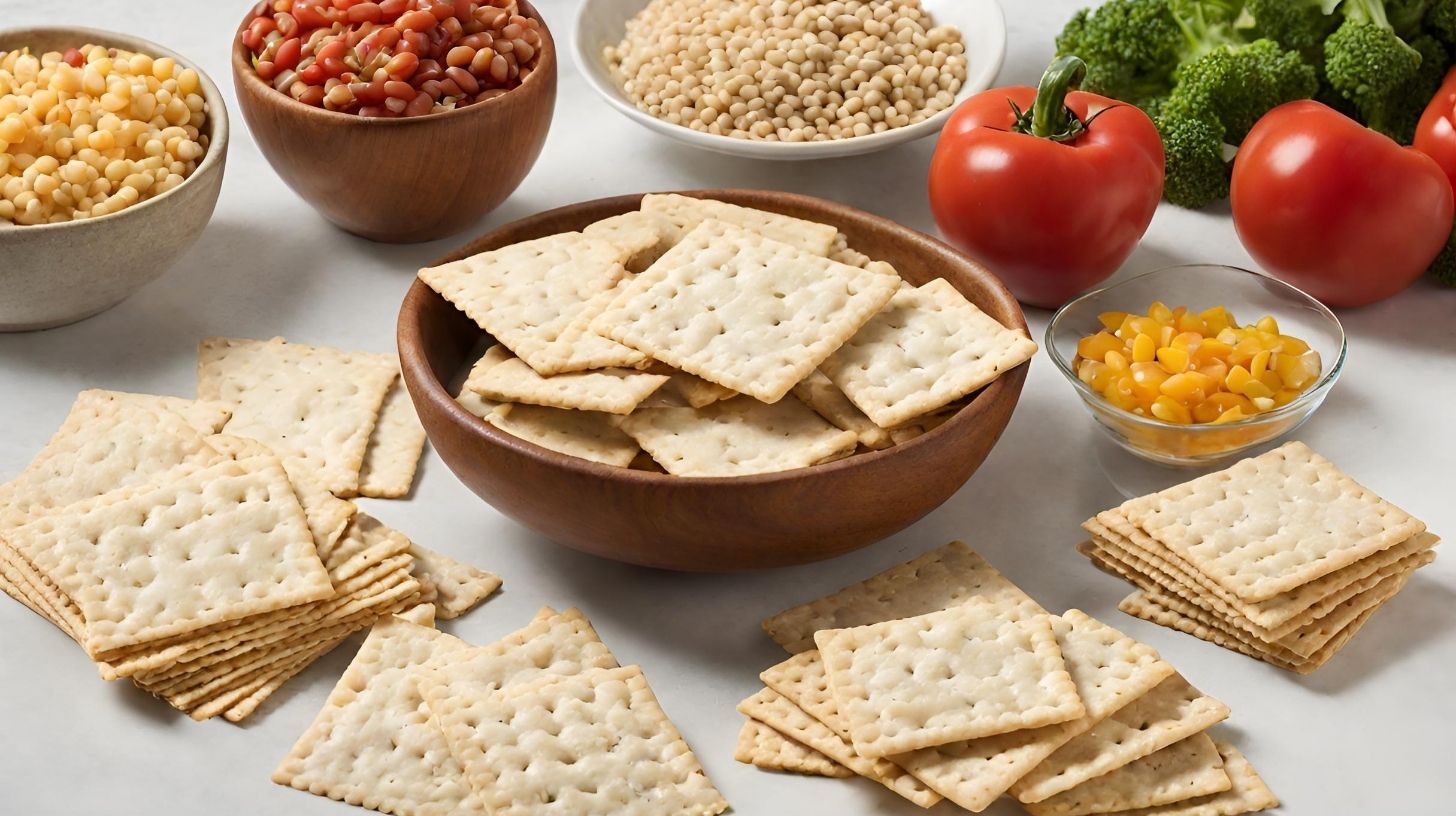 Are Saltine Crackers Safe for Chickens?
Are Saltine Crackers Safe for Chickens?
Saltine crackers are not toxic to chickens and most chickens enjoy pecking at these crunchy, salty treats. However, saltine crackers should only be fed to chickens in moderation as they can pose some potential health risks if chickens eat too many.
The main considerations with feeding saltine crackers to chickens are:
- Salt content – While chickens need some sodium in their diet, too much can lead to health problems. Saltines are high in sodium, so more than 1-2 per day could be unhealthy.
- Wheat content – Some chickens are sensitive to wheat and may develop digestive issues. Wheat-based foods like saltines are not ideal.
- Low in nutrients – Saltines offer very little nutritional value. While not “dangerous”, they should not make up a large part of a chicken’s diet.
So in summary, a few saltine crackers here and there are fine for most chickens, but they should not eat very many on a regular basis.
How Much Salt is Safe for Chickens?
Salt, which is made up of sodium and chloride, is an essential nutrient for chickens. Salt helps chickens maintain fluid balance, nerve function, egg production, and more.
Most sources recommend chickens consume 0.2 – 0.4% of their feed as salt on a daily basis. This equates to roughly 1-4 grams of salt per kg of feed.
Table salt contains around 39% sodium. So the sodium recommendation for chickens works out to roughly 1000-4000 mg per kg of body weight daily.
Too much salt can lead to health issues like:
- Dehydration
- Increased water intake
- Wet droppings
- Reduced growth and egg production
A single saltine cracker contains about 140-170 mg of sodium. So a couple of crackers here and there will not provide anywhere near toxic levels. But regularly feeding chickens 10 or more crackers daily could potentially cause salt toxicity.
Are Saltine Crackers High in Wheat?
Most saltine crackers contain wheat flour as a main ingredient. This wheat content can be problematic for some chickens.
Many chickens are sensitive to wheat and experience digestive upset or inflammatory issues when eating wheat-heavy foods. Breeds like Leghorns seem particularly prone to wheat allergies or intolerance.
Signs a chicken may be reacting negatively to wheat include:
- Loose droppings
- Changes in droppings
- Feather pecking
- Irritability
- Reduced egg production
If you notice any of these issues after feeding your flock saltines or other wheat-based foods, discontinue them. Provide a wheat-free diet for at least 2 weeks to see if symptoms resolve.
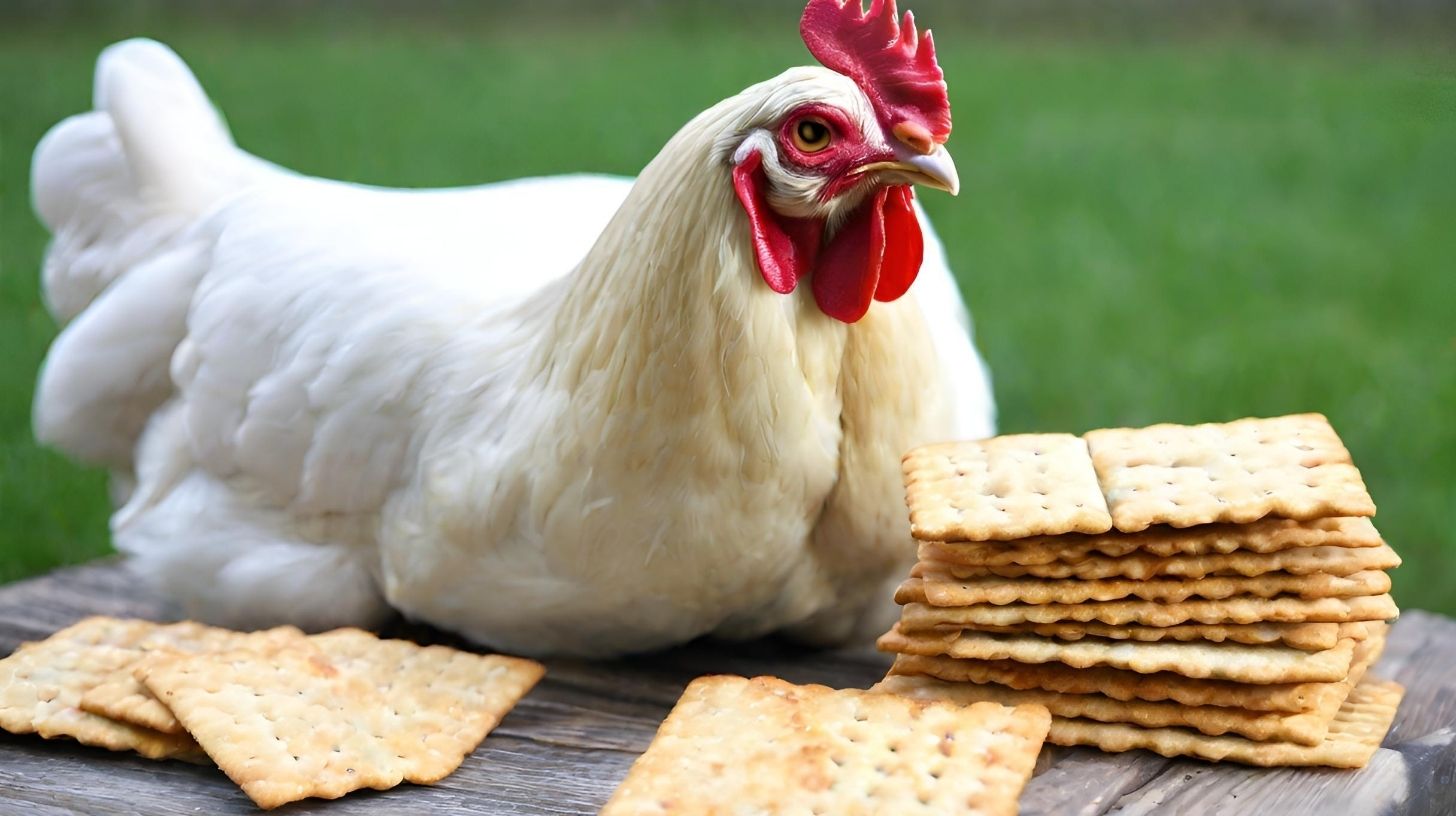 Healthier Treat Alternatives for Chickens
Healthier Treat Alternatives for Chickens
While the occasional saltine cracker won’t harm chickens, there are many healthier treat alternatives that provide more nutritional benefits.
Fresh Fruits and Vegetables
Fresh produce like chopped apples, melons, berries, squash, peas, and greens make excellent chicken treats. Offer a diverse mix to provide a range of vitamins and minerals.
Fruit and veggie scraps from your kitchen also make great foraging foods. Just avoid onions, avocado, and excess citrus.
Grains and Seeds
Whole grains like oats, barley, millet, rice, and quinoa are healthier options than processed crackers. Offer them either dry or soaked and sprouted.
Chickens also enjoy pecking at a mix of seeds like sunflower, flax, sesame, pumpkin, and hemp. These provide protein and omega fatty acids.
Animal Proteins
Canned sardines, tuna, mealworms, and crickets are nutritious protein sources chickens love. Cooked egg is another good option.
These foods are particularly helpful when chickens are molting or need an extra protein boost.
Healthy Commercial Treats
There are many commercial treat options formulated specifically for chickens that are very nutritious. Look for options that are:
- Organic
- Non-GMO
- Wheat-free
Some top brands include Scratch and Peck, Manna Pro, and My Pet Chicken. These provide balanced nutrition without excess sugar or sodium.
Are There Any Risks to Feeding Chickens Saltines?
Beyond too much salt and wheat, a few other risks of feeding chickens saltine crackers in excess include:
- Reduced diet diversity – When chickens fill up on low-nutrient foods like saltines, they may eat less of their regular feed and miss out on key nutrients.
- Obesity and fatty liver disease – The refined flour and oils in crackers can lead to weight gain and related health issues if overfed.
- Moldy crackers – Stale crackers that have mold on them pose a toxin risk and should never be fed.
- Choking hazard – Cracker shards can pose a choking risk, especially for younger chickens. Crumble them before feeding.
As long as you feed saltine crackers sparingly as part of a varied diet, chickens will likely remain healthy and happy. But moderation is key.
At What Age Can Chickens Eat Crackers?
Baby chicks under 4-6 weeks old have sensitive digestive systems and should NOT be fed any crackers, grains, or treats. They receive complete nutrition from a high-quality chick starter feed.
Once chickens are 6-8 weeks old, you can begin offering a few crushed crackers as treats. Just a bite or two is plenty at this age.
Wait until chickens are 12-16 weeks old before introducing larger pieces of broken crackers. Monitor carefully and stop feeding immediately if any chicks seem to choke or struggle to swallow the crackers.
Some key tips:
- Always supervise chicks when feeding treats.
- Provide extra finely crumbled pieces.
- Limit treats to a few times a week.
- Avoid any moldy crackers.
As chicks mature, you can increase the amount and frequency of crackers as periodic treats. But continue crumbling the crackers until chickens are fully mature adults.
How Many Saltine Crackers Can Chickens Eat Daily?
There is no established safe amount of saltine crackers chickens can eat daily. Feed in moderation based on the factors below:
- Chicken’s age – Baby chicks under 4-6 weeks should have none, increase slowly for juveniles.
- Chicken’s size – Larger breeds can handle more than bantams or smaller breeds.
- Number of chickens – Feed less if you have a large flock competing for treats.
- Other foods provided – Balance cracker treats with healthy options listed above.
As a general guideline, here are some suggested daily treat amounts:
- Chicks under 12 weeks – 1-2 small crushed pieces, 2-3 times a week
- Adult bantam chickens – 2-3 small pieces, 2-4 times a week
- Adult standard chickens – 3-5 small pieces, 3-5 times a week
- Large breeds – Can have a few more pieces but monitor weight
Remember to reduce or stop feeding if you observe any signs of illness or sensitivity to the crackers. And never exceed 5-10 pieces per chicken in a day.
What Crackers Can Chickens Eat Besides Saltines?
While saltines are the most common cracker owners wonder about feeding chickens, there are other crackers that can also be fed safely in moderation.
Some examples include:
- Graham crackers – Made from whole grain flour, these provide more nutrition than saltines. But still limited due to sugar content.
- Plain rice cakes – Rice-based, wheat-free alternative with a satisfying crunch chickens enjoy. Lower in salt than saltines.
- Water crackers – Made from wheat flour but lower in salt than heavily salted options. Go easy on any wheat-based crackers.
- Soda crackers – Essentially the same as saltines in ingredients and nutritional value. Feed sparingly.
- Oyster crackers – Wheat-based variety that chickens tend to love. Contains some additional minerals.
No matter what type of cracker you choose, the same cautions apply:
- Feed only as occasional treats, not daily snacks or meal replacements
- Avoid moldy or stale crackers
- Never feed more than a few pieces per chicken in a day
- Discontinue feeding if any signs of sensitivity or illness
Frequently Asked Questions
Are saltine crackers bad for chickens?
Saltine crackers are not inherently bad for chickens. However, they offer minimal nutritional value and can pose some health risks if chickens eat too many on a regular basis. Given in moderation though, most chickens tolerate saltines without issue.
Can chickens eat Ritz crackers?
Ritz crackers are very similar to saltines in terms of ingredients and nutrition profile. Some key considerations are the wheat content and high sodium levels. So while an occasional Ritz cracker is not toxic, chickens should only eat 1-2 per day at most.
What if my chicken eats a whole sleeve of crackers?
If a chicken managed to down a whole sleeve of crackers, monitor them closely for the next 24 hours. Make sure they are passing normal droppings and watch for signs of choking, digestive upset, or decreased appetite. Call your vet if the chicken seems ill. Remove access to any other salty, wheaty treats and feed only their normal feed until recovered.
Can chickens eat crackers that are moldy?
You should never feed chickens moldy crackers or other moldy foods. Some molds produce toxic substances called mycotoxins that can make chickens very sick. Even small amounts of mold are not worth the risk. Always discard moldy crackers or other spoiled, decaying foods.
Should chickens have access to crackers free-choice?
It is not recommended to leave crackers available for chickens to eat free-choice whenever they want. Chickens have little self-control when it comes to tasty treats and may overindulge if given unlimited access. Instead, hand out a set amount 1-2 times per day so you can carefully control portions.
Conclusion
Most backyard chickens go crazy for saltine crackers when offered to them as periodic treats. While not toxic, saltines provide very little nutritional value. Fed in excess, they can cause issues due to the high salt and wheat content. Moderation is key.
A few small pieces of crushed crackers 2-3 times a week will delight chickens without causing harm. Monitor your flock while treating and discontinue if any chickens have adverse reactions.
For optimum nutrition and health, emphasize more wholesome treats like fresh fruits, veggies, seeds, and quality commercial feeds formulated just for chickens. Keeping your flock’s diet diverse and balanced will help prevent potential issues from overindulging in less healthy snacks like crackers.
Welcome. I’m Adreena Shanum, the proud owner of this website, and I am incredibly passionate about animals, especially poultry. I founded adreenapets.com as a labor of love, stemming from my desire to share my knowledge and experiences with poultry enthusiasts worldwide.
